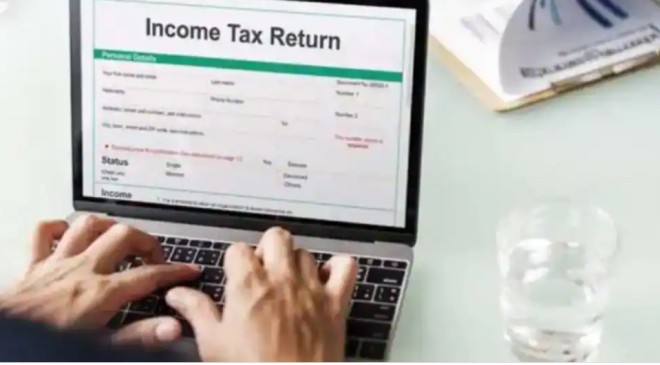New Tax Regime Vs Old Tax Regime: With the release of Form 16, employees can now file their income tax returns (ITR) for Assessment Year (AY) 2024-25
With the release of Form 16, employees can now file their income tax returns (ITR) for Assessment Year (AY) 2024-25. The e-filing process is in full swing, and taxpayers must choose between the new and old tax regimes. Each regime offers distinct benefits and tax rates, making it essential to understand which option aligns best with your financial situation.
In the latest Budget 2023, Finance Minister Nirmala Sitharaman introduced significant changes to the new tax regime, increasing the income tax exemption limit by Rs 50,000 to Rs 3 lakh. Additionally, the rebate under Section 87A has been raised, meaning individuals earning up to Rs 7 lakh annually do not have to pay any income tax under the new regime. This update aims to simplify tax calculations and provide relief to middle-income taxpayers.
Read More: ITR Filing 2023-24: List Of Essential Documents You Need To Know Before Filing Returns
Income Tax Rates for FY2023-24 (AY 2024-25):
| INCOME TAX SLAB (IN RS) | OLD TAX REGIME | NEW TAX REGIME |
| 0-2,50,000 | 0% | 0% |
| 2,50,001-3,00,000 | 5% | 0% |
| 3,00,001-5,00,000 | 5% | 5% |
| 500,001-6,00,000 | 20% | 5% |
| 6,00,001-9,00,000 | 20% | 10% |
| 9,00,001-10,00,000 | 20% | 15% |
| 10,00,001-12,00,000 | 30% | 15% |
| 12,00,000-15,00,000 | 30% | 20% |
| 15,00,0001 & Above | 30% | 30% |
Note: For senior citizens (above 60 years of age), the income tax under the old regime is exempt up to Rs 3,00,000; while for super senior citizens (above 80 years), income up to Rs 5,00,000 is exempt.
Read More: Form 26 AS: Filing Income Tax Return? Know why Form 26AS is important & how to download it
Key Features and Differences Between the Tax Regimes
New Tax Regime:
- Increased Exemption Limit: Raised to Rs 3 lakh.
- Section 87A Rebate: Available for incomes up to Rs 7 lakh.
- Simplified Tax Structure: Lower tax rates but minimal exemptions and deductions.
- Default Scheme: The new tax regime is the default unless the old regime is opted for.
Old Tax Regime:
- Section 87A Rebate: Available for incomes up to Rs 5 lakh.
- Higher Tax Rates: Offers extensive exemptions and deductions.
- Investment Benefits: Advantageous for those with significant tax-saving investments.
Expert Recommendations: Choosing the Right Tax Regime
Tax professionals recommend a thorough evaluation of your financial status, including taxable income, potential deductions, and available exemptions, before selecting a tax regime. The new tax regime is particularly beneficial for individuals with fewer savings and investments, while the old regime might be more advantageous for those who can maximise deductions through various tax-saving instruments.
“For those earning up to Rs 7 lakh, the new tax regime is straightforward and beneficial as it results in zero tax liability,” experts suggest.
Here are some examples to illustrate which regime might be more beneficial for different financial situations:
Low-Income Earners: If your income is up to Rs 7 lakh with minimal deductions, the new regime offers simplicity and zero tax liability.
High-income earners with Investments: If you have significant investments in tax-saving instruments, the old regime could reduce your taxable income effectively.
The choice between the new and old tax regimes ultimately depends on individual circumstances.





































